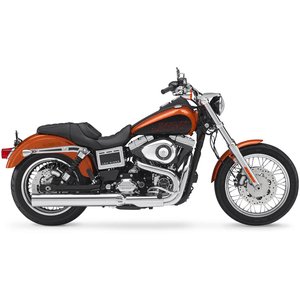Harley-Davidson Dyna Low Rider (2006–2017): A Timeless Cruiser with Attitude
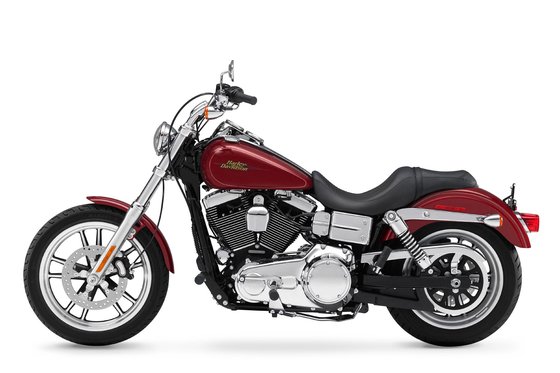
Introduction
The Harley-Davidson Dyna Low Rider isn’t just a motorcycle—it’s a cultural icon. From its debut in 2006 to its final iteration in 2017, the FXDL Dyna Low Rider carved out a niche as a "factory custom" cruiser that blended classic Harley styling with a rebellious edge. Designed for riders who crave a low-slung profile, rumbling torque, and the flexibility to personalize, this generation of the Low Rider remains a standout in Harley’s Dyna lineup. Having spent time aboard a well-maintained 2014 model, I can confirm: this bike isn’t just about looking cool (though it excels at that). It’s about feeling connected to the road—and turning heads while doing it.
Design & Styling
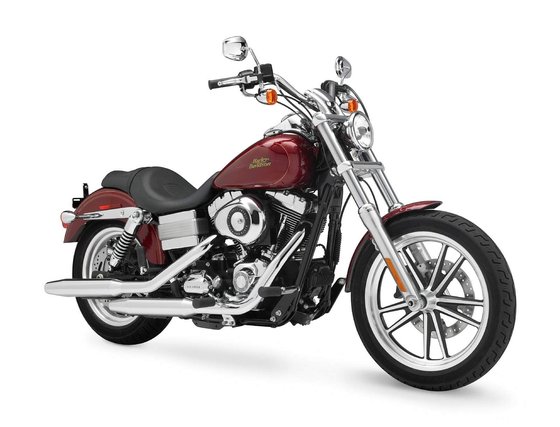
The Low Rider’s design philosophy is “long, lean, and low.” The 655 mm (25.8 in) seat height places riders firmly in control, with mid-mounted footpegs and pullback handlebars creating a relaxed, knees-up posture. The stretched fuel tank (17.8L / 4.8 gal capacity) and chrome accents on the engine covers scream classic Harley, while blacked-out components (wheels, forks, and exhaust on later models) add a modern, aggressive twist.
Key styling elements:
- Chassis: The Dyna frame’s tubular steel backbone gives the bike a muscular stance.
- Wheels: Early models featured chrome-laced spokes, while post-2014 versions opted for split 5-spoke cast aluminum in black or gold.
- Exhaust: Staggered shorty pipes (chrome) or 2-into-1 systems (black on the Low Rider S) deliver that signature Harley rumble.
The Low Rider avoids overt flashiness. Instead, it relies on subtle details—like the wrinkle-black console with analog gauges or the chopped rear fender—to command attention.
Engine & Performance
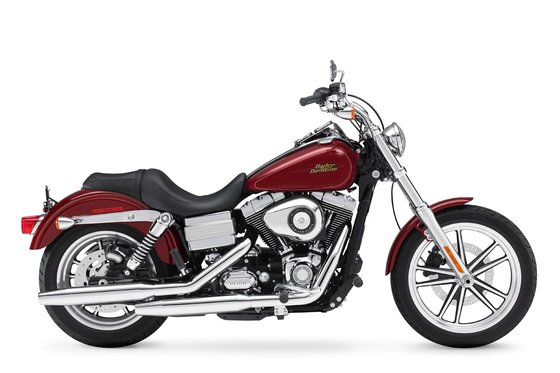
At its core, the Dyna Low Rider is powered by Harley’s Twin Cam engines, which evolved significantly during its 11-year run:
- 2006–2007: Twin Cam 88 (1,449 cc / 88 cu-in) with carburetion or fuel injection (ESPFI). Output: 67 hp (48.8 kW), 116.6 Nm (86 lb-ft).
- 2008–2016: Twin Cam 96 (1,584 cc / 96 cu-in) and later Twin Cam 103 (1,690 cc / 103 cu-in). Torque jumped to 126 Nm (92.9 lb-ft).
- 2017 Low Rider S: Screamin’ Eagle Twin Cam 110 (1,801 cc / 109.9 cu-in) pumping out 156 Nm (115 lb-ft).
Riding Impressions:
Twist the throttle, and the Low Rider surges forward with a wave of low-end torque. The Twin Cam 103 in my test bike pulled hard from 2,500 RPM, making highway merges effortless. The 6-speed Cruise Drive transmission is smooth, though the clunk of shifting is pure Harley charm. At 100 km/h (62 mph), the engine hums at a relaxed ~2,500 RPM—perfect for all-day rides.
Air-cooling works fine in motion, but city traffic can heat things up. The hydraulic self-adjusting lifters mean no manual valve checks—a blessing for DIYers.
Riding Experience
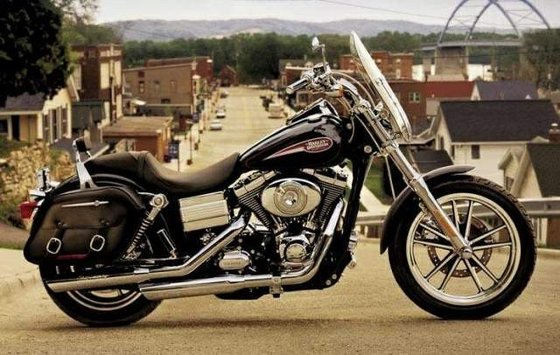
Handling:
The Low Rider’s 30.5° rake and 1640 mm (64.6 in) wheelbase strike a balance between stability and agility. It’s no sport bike, but it carves through corners confidently. The Michelin Scorcher tires (100/90-19 front, 160/70-17 rear) offer decent grip, though heavy braking (single 300mm front disc) requires a firm squeeze.
Comfort:
The saddle is narrow but supportive for 1–2 hours. Taller riders might crave more legroom, but the mid-controls and optional highway pegs help. Wind protection? Forget it—this is a raw, open-road experience.
Aural Drama:
The stock exhaust is muted to meet regulations, but slip-on upgrades (a MOTOPARTS.store specialty) unlock the Twin Cam’s true voice. At idle, it’s a syncopated heartbeat; at full song, it’s a thunderclap.
Competition
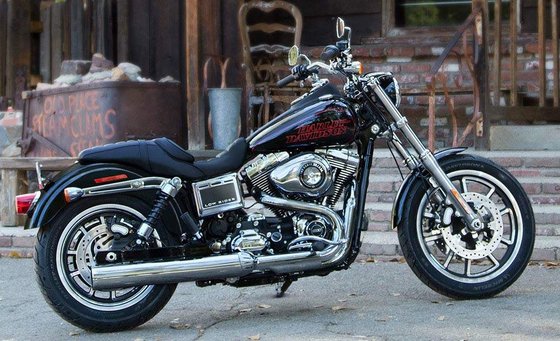
The Low Rider faced fierce rivals in the cruiser segment:
- Indian Chief Classic:
- Pros: Larger 1,811 cc engine, premium finish.
- Cons: Heavier (385 kg / 849 lbs), pricier.
-
Verdict: The Chief is a luxurious tourer; the Low Rider is a scrappier street fighter.
-
Honda Shadow Phantom:
- Pros: Smooth 745 cc V-twin, lower seat (660 mm / 26 in).
- Cons: Lacks character and aftermarket support.
-
Verdict: Ideal for beginners, but not for Harley loyalists.
-
Yamaha Star Bolt:
- Pros: Lightweight (542 lbs / 246 kg), agile.
- Cons: Underpowered 942 cc engine.
- Verdict: A fun commuter, but no match for the Low Rider’s torque.
The Harley’s edge? Customization. Few bikes offer this level of factory-backed personalization—or such a devoted aftermarket ecosystem.
Maintenance
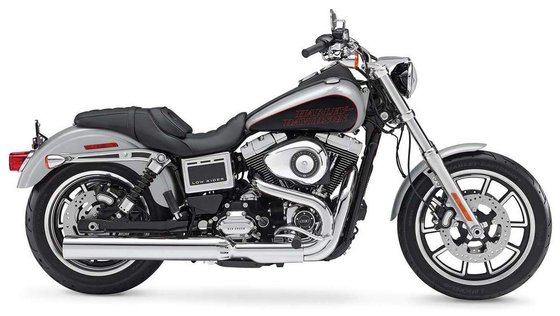
Owning a Dyna Low Rider is straightforward if you follow Harley’s guidelines:
- Oil Changes: Every 5,000 km (3,100 mi) with SAE 20W-50. Capacity: 2.8L (3.0 qt).
- Primary Chain: Check tension every 16,000 km (10,000 mi).
- Belt Drive: Inspect for cracks—replacement every 80,000 km (50,000 mi).
- Brake Fluid: DOT 4, changed every 2 years.
Common Upgrades (Available at MOTOPARTS.store):
- Exhaust: Vance & Hines Twin Slash or Screamin’ Eagle Street Cannon.
- Air Intake: Arlen Ness Big Sucker for improved airflow.
- Suspension: Progressive 412 shocks for better load handling.
- Lighting: LED headlamps and bullet turn signals.
Pro Tip: The hydraulic lifters eliminate valve adjustments, but keep an eye on the compensator nut—a known weak spot on Twin Cam engines.
Conclusion
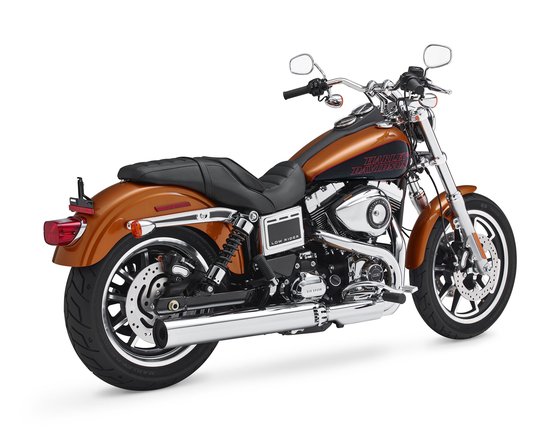
The Harley-Davidson Dyna Low Rider is a masterclass in balance. It’s low enough for confidence, powerful enough for thrill-seekers, and customizable enough to reflect any rider’s personality. While later models (like the 2017 Low Rider S) dialed up the performance, even the early Twin Cam 88 variants ooze charisma.
Is it perfect? No. The suspension is stiff, the mirrors vibrate, and fuel economy hovers around 5.5 L/100 km (43 mpg). But perfection isn’t the point. The Low Rider is about soul—the kind that can’t be replicated by spec sheets or imitators.
Whether you’re hunting for a weekend project or a daily rider with presence, the Dyna Low Rider delivers. And when you’re ready to make it yours, MOTOPARTS.store has the gear to elevate its performance and style.
Ride hard, stay low.





Specifications sheet
| Engine | |
|---|---|
| Stroke: | Four-stroke |
| Max power: | 71 kW | 95.0 hp |
| Max torque: | 126 Nm |
| Fuel system: | Electronic Sequential Port Fuel Injection (ESPFI) |
| Max power @: | 5250 rpm |
| Displacement: | 1690 ccm |
| Max torque @: | 3500 rpm |
| Bore x Stroke: | 98.4 x 111.1 mm (3.9 x 4.4 in) |
| Configuration: | V |
| Cooling system: | Air-cooled |
| Compression ratio: | 9.6:1 |
| Number of cylinders: | 2 |
| Dimensions | |
|---|---|
| Wheelbase: | 1630 mm (64.2 in) |
| Dry weight: | 298 |
| Wet weight: | 311 |
| Seat height: | 655–685 mm (25.8–27.0 in) |
| Overall length: | 2390 mm (94.1 in) |
| Ground clearance: | 105–142 mm (4.1–5.6 in) |
| Fuel tank capacity: | 17.8 L (4.7 US gal) |
| Drivetrain | |
|---|---|
| Gear Ratio: | 1st 9.311, 2nd 6.454, 3rd 4.793, 4th 3.882, 5th 3.307, 6th 2.790:1 |
| Final drive: | belt |
| Transmission: | 6-speed |
| Primary drive: | Chain, 34/46 ratio |
| Maintenance | |
|---|---|
| Rear tire: | 160/70-17 |
| Engine oil: | SAE 20W-50 |
| Front tire: | 100/90-19 |
| Brake fluid: | DOT 4 |
| Primary oil: | 950 ml |
| Spark plugs: | NGK DCPR7E or NGK DCPR7EIX |
| Spark plug gap: | 1.0 |
| Valve clearance: | Hydraulic self-adjusting lifters |
| Transmission oil: | 950 ml SAE 80W-90 |
| Forks oil capacity: | 0.634 |
| Engine oil capacity: | 2.8 |
| Engine oil change interval: | Every 5000 km or annually |
| Recommended tire pressure (rear): | 2.8 bar (41 psi) |
| Recommended tire pressure (front): | 2.1 bar (30 psi) |
| Additional Notes | |
|---|---|
| Variants: | Models from 2006-2009 featured Twin Cam 88 (1449cc) and Twin Cam 96 (1584cc). The 2017 Low Rider S variant includes a 1801cc Screamin' Eagle Twin Cam 110 engine. |
| Chassis and Suspension | |
|---|---|
| Rake: | 30.5° |
| Frame: | Mild steel tubular frame |
| Trail: | 128 mm (5.1 in) |
| Rear wheel: | 160/70B17 73V |
| Front wheel: | 100/90B19 57H |
| Rear brakes: | Single 292 mm disc, 2-piston caliper |
| Front brakes: | Single 300 mm disc, 4-piston caliper (dual discs on S model) |
| Rear suspension: | Coil-over shock, adjustable preload |
| Front suspension: | 49 mm telescopic fork, dual-rate springs |



